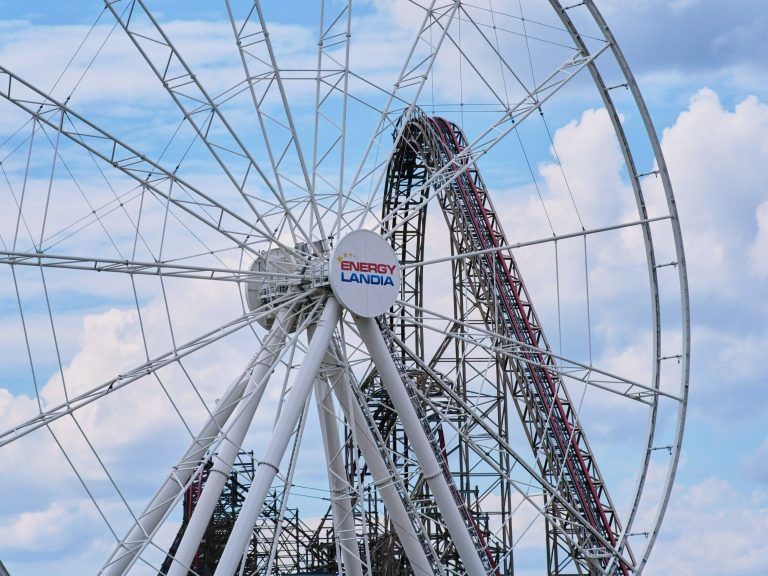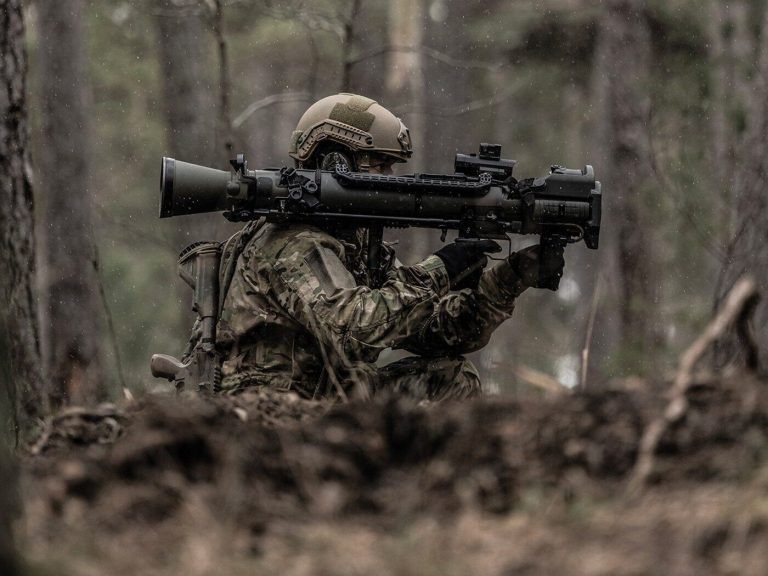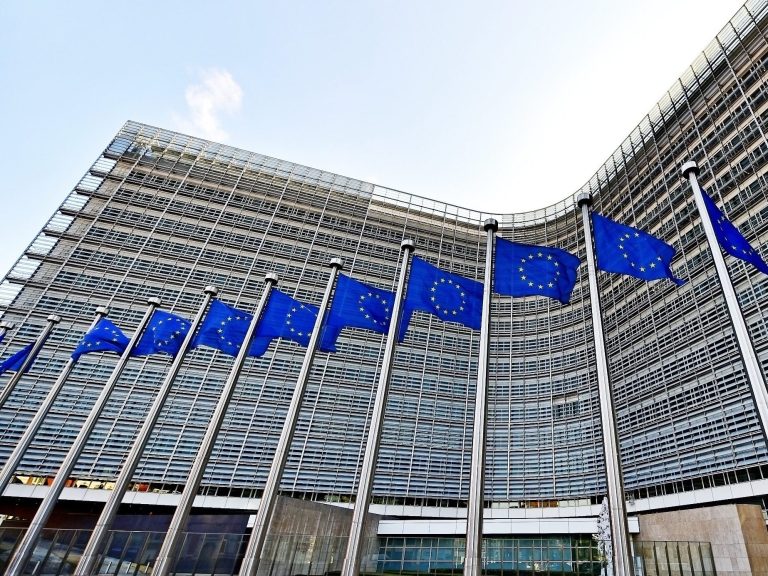I went to the “Picasso” exhibition in Warsaw. Works from this museum have never been seen in Poland

When I heard about the exhibition of the Spanish master of painting in Poland, I knew that I would definitely be there. I didn’t have to wait long for my visit, because only on the second day of opening I managed to get to the National Museum. It was worth it.
A visit to an art museum can be delightful, especially if the guardians of such a place try to provide additional and special attractions. One of them is the Pablo Picasso exhibition in Warsaw. The works that appear on it come from the Museo Casa Natial Picasso in Malaga. They have never been seen in Poland before. Now they are available on the occasion of the 50th anniversary of the artist’s death and Spain’s assumption of the Presidency of the Council of the European Union.
I arrived at the National Museum in Warsaw on the second day of the exhibition. Anyone interested has a chance to appear there until January 14, 2024.
Pablo Picasso exhibition in Warsaw
The painter’s entire show was divided into four sections. Each of them had a strict minimalist atmosphere, and in the center there were wonderful works of art. Only they were supposed to attract attention, and that’s exactly what happened. I was delighted from the first moment I entered, although it must be admitted that the place was quite crowded and sometimes there was not much time to quietly admire a given cannon. Nevertheless, I tried to satisfy my curiosity.
The exhibition created from the collections of the Spanish Museo Casa Natial Picasso consists mainly of engravings, book illustrations and ceramics. In the first room I saw exhibitions related to beauty – among others: fascination with nudes and the human body. The shapes and aesthetic values - as in Picasso’s works – differed from those traditionally known, one could notice a characteristic lack of proportions, geometric compositions and the rejection of the rules of perspective. Many of the initial works were very minimalist, so they resembled ordinary, unfinished black and white sketches. Still, there was magic in them.
The second exhibition details works referring to the fascination with mythological figures. There were, among others, fauns or centaurs. Some works were distinguished by their colors. Many experts say that everything should be considered the alter ego of the creator himself.
The third section allowed you to see works done, among others, by: in ceramics – this was a very important testimony to Picasso’s innovation and passion. I mainly saw plates and jugs with wonderful images of faces, the sun and vegetation. In the last room there were, among others, Polonica, i.e. written documents and objects originating largely from the unique collection of Picasso’s works from the collections of the National Museum in Warsaw. As it turned out, many of them were once given to us personally by the artist.
It was at the “Picasso” exhibition that fascinated me the most
There were moments during the exhibition that were particularly memorable to me. Some of the prints caused arguments between me and my friend who accompanied me to the show. We are talking about black and white women’s faces, which were not always easy to decipher. One of them hid her mouth, eyes and ears somewhere so that everyone could see them in a different place. Despite looking at the work for a long time, it was not possible to establish one coherent version.
One of the most beautiful colorful works was the so-called “Bearded Man in a Vine Crown” from 1962. This is a strongly mythological element, although it may also have religious associations. In addition, my attention was drawn to, among others, a work called “In the Circus” from 1960 and the entire collection on this topic – was not only interesting, but also very intriguing. Another valuable work is “Vaulting and Clowns” – you have to see it to understand its uniqueness.
At the exhibition I met, among others: the story of the Polish sheepskin coat in which one of the women posed in the “Woman in an Armchair” series – this is one of the most interesting ones, which can be seen at the very end of the exhibition. It turned out that the painter had once bought the clothes in our country especially for his then girlfriend.
The hits worthy of attention were certainly works called “The Smoker”, “Bust of a Woman with a Hat” and “Woman Without a Face”. Each of them had perfectly selected colors and an intriguing character. Number one among ceramics was, among others, a work from 1947, i.e. “Face on a rough background”. All this is wrapped in shades of blue and green in a characteristic geometric style.
This is how you get to the “Picasso” exhibition
Admission to the “Picasso” exhibition is paid, and a regular ticket costs PLN 40. Students and pupils pay PLN 25 and group entry costs the same. While there, I found out that it is best to purchase tickets in advance by making a reservation via the museum’s website. Otherwise, there is no guarantee that we will get inside, because the number of places is limited. On October 13, there were so many people on site that some of them were sent home and asked to buy tickets for another day.
The exhibition of the painter’s works is available during museum opening hours – on Tuesdays, Wednesdays, Thursdays, Saturdays and Sundays between 10 a.m. and 6 p.m., and on Fridays between 10 a.m. and 8 p.m. The place remains closed on Monday. The exhibition includes engravings, book illustrations and ceramics created by Picasso over several dozen years. Each of them delights with its style and colors, as I experienced firsthand. The works evoked many positive emotions in me, and the memories associated with the event will remain in my mind for a long time.
At the end of the exhibition we reach the museum bookstore, where we can find, among others, companion catalog available at a special price. Posters will also be available on site soon. The curators are Mario Virgilio Montañez Arroyo (Museo Casa Natal Picasso) and Anna Manicka from the National Museum in Warsaw. It should be noted that everything has been taken care of down to the last detail, and there will certainly be plenty of people interested in sightseeing.






